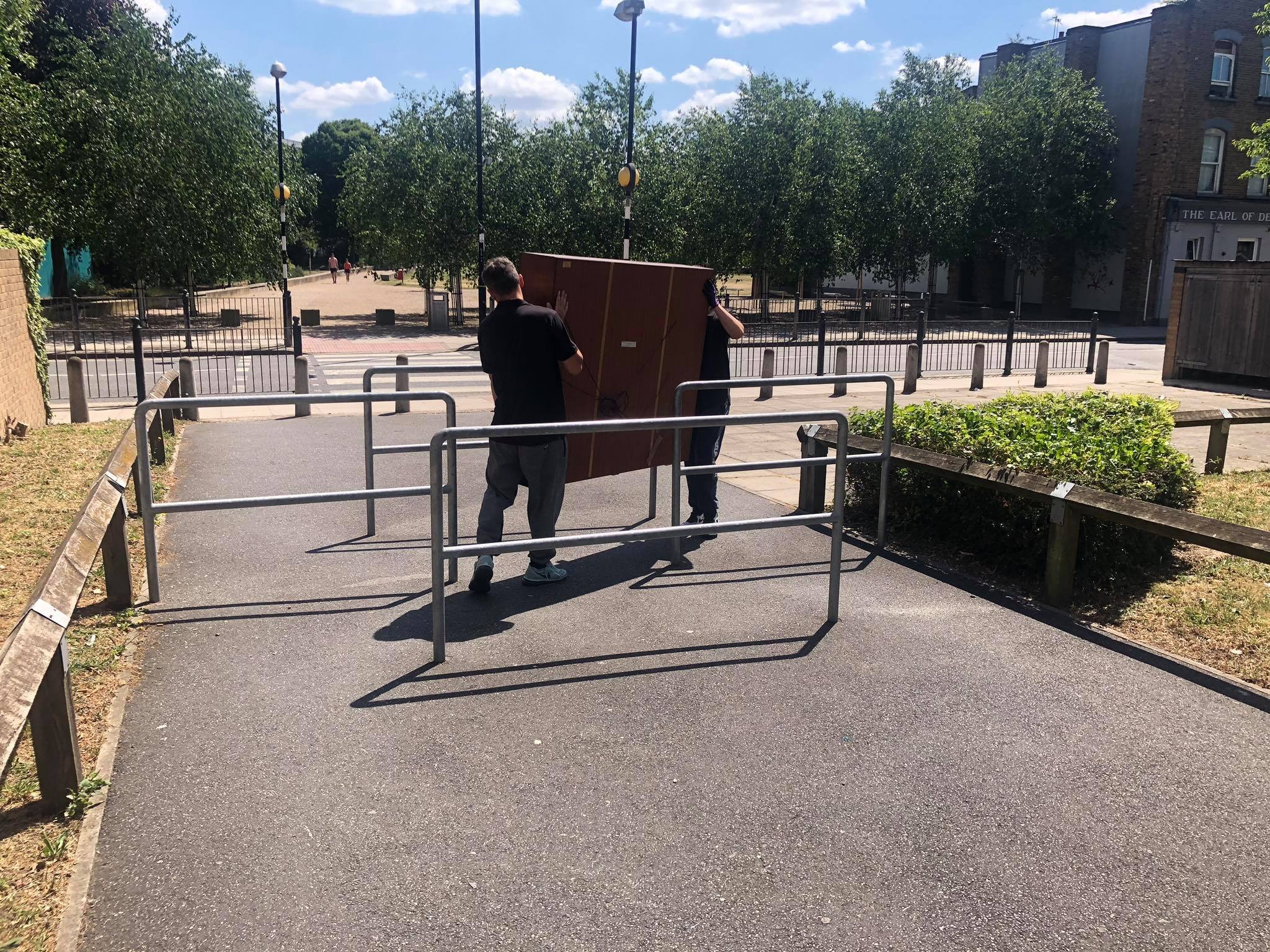
A Grade Removals
Moving a Flat: Navigating
Challenges with Ease
A Grade Removals Moving a Flat: Navigating Challenges
Moving to a new flat can be an exciting endeavor, marking the beginning of a new chapter in your life. However, while the prospect of a fresh start may bring anticipation and excitement, the actual process of moving can often be daunting, especially when it comes to navigating the unique challenges that flats present. Unlike houses, flats often pose logistical hurdles that require careful planning and execution to overcome. In this guide, we'll explore some of the common challenges associated with moving a flat and provide practical tips to help you navigate them with ease.
Access and Entry Points
One of the primary challenges of moving a flat is navigating access and entry points. Unlike houses, which typically have direct access to the street or driveway, flats are often located within larger buildings with shared entryways and communal spaces. This can pose logistical challenges when it comes to moving large furniture and belongings in and out of the building.
Solution: Coordinate with Building Management
To mitigate the challenges associated with access and entry points, it's essential to coordinate closely with the building management or landlord. Obtain permission to use service entrances or elevators, if available, and inquire about any specific rules or regulations regarding moving procedures within the building. By communicating effectively with building management, you can streamline the moving process and ensure a smoother transition.
Stairs and Elevators
Another common challenge when moving a flat is navigating stairs and elevators. Many flats are located on higher floors of buildings, requiring movers to navigate flights of stairs or rely on elevators to transport belongings. This can be particularly challenging when moving heavy or bulky items, such as furniture or appliances.
Solution: Plan Ahead and Use Proper Equipment
To address the challenges of stairs and elevators, it's crucial to plan ahead and use proper equipment. Consider hiring professional movers who have experience navigating stairs and narrow hallways. Additionally, invest in tools such as furniture dollies, moving straps, and protective padding to safely transport items up and down stairs. By preparing adequately and using the right equipment, you can minimize the risk of accidents and ensure a smoother moving experience.
Limited Space
One of the most significant challenges of moving a flat is dealing with limited space. Flats often have smaller floor plans compared to houses, making it challenging to accommodate all of your belongings during the move. Additionally, communal areas such as hallways and stairwells may be narrow, further complicating the process of moving larger items.
Solution: Declutter and Organize
To overcome the limitations of limited space, it's essential to declutter and organize your belongings before the move. Take inventory of your possessions and identify items that you no longer need or use. Consider donating or selling these items to free up space and reduce the amount of clutter during the move. Additionally, invest in space-saving storage solutions such as stackable boxes or vacuum-sealed bags to maximize available space in your flat.
Parking and Loading Zones
Parking and loading zones can also pose challenges when moving a flat, especially in urban areas with limited parking availability. Finding suitable parking for moving vehicles and ensuring convenient access to the building entrance can be challenging, particularly if the flat is located on a busy street or in a densely populated area.
Solution: Obtain Permits and Reserve Parking
To address parking and loading zone challenges, it's essential to obtain permits and reserve parking in advance. Contact the local authorities or building management to inquire about parking regulations and obtain any necessary permits for moving vehicles. Additionally, communicate with neighbors and building residents to coordinate parking arrangements and minimize disruptions during the move.
Conclusion
While moving a flat may present unique challenges compared to moving a house, with proper planning and preparation, these challenges can be navigated with ease. By coordinating with building management, using proper equipment, decluttering and organizing belongings, and addressing parking and loading zone logistics, you can ensure a smoother and more efficient moving experience. With careful planning and attention to detail, moving to your new flat can be a seamless transition, marking the beginning of a new chapter in your life.













